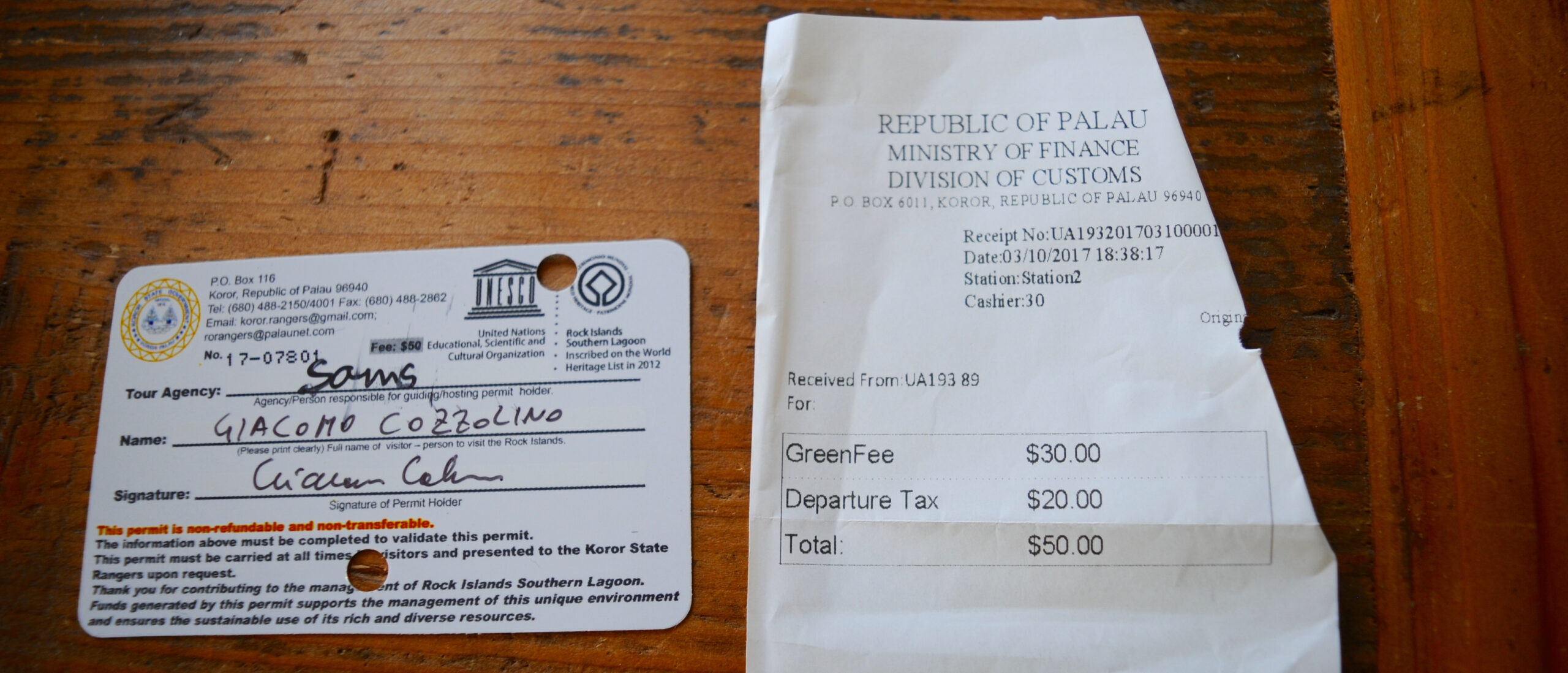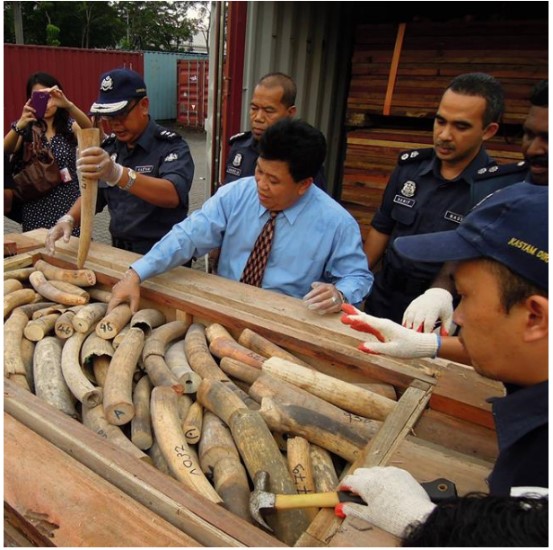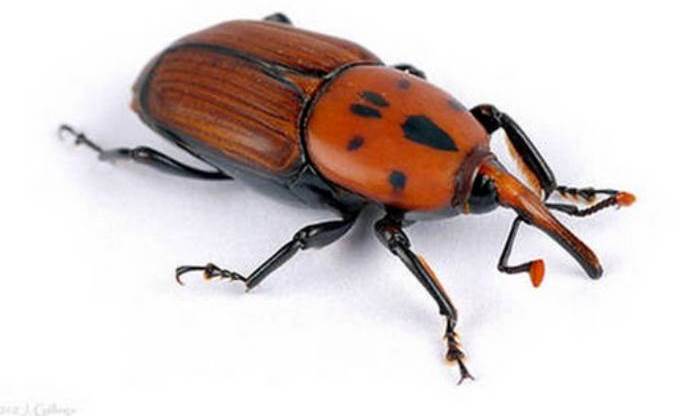At the global level, there are significant running costs associated with recurrent management and investments in protected areas. This is particularly evident in developing countries, where the total annual funding shortfall (total cost minus current funding) is estimated between USD 1.0 and 1.7 billion per year. In this scenario, the Aichi Biodiversity Target n. 20 provides that “By 2020, at the latest, the mobilization of financial resources (…) should increase substantially from the current levels” Mobilizing financial resources may
The main purpose of the protected areas designation is biodiversity conservation. However, in many countries, other reasons can become the main motivations for establishing a protected area, like, for example, the preservation of traditional values, the conservation of peculiar landscapes and seascapes, the protection of archeological and historical sites and the sustainable management of ecosystems goods and services. In Palau, the Protected Areas Network (PAN) is not only the pillar of biodiversity conservation, but also the spine of
As a signatory of the Micronesia Challenges, Palau is committed to effectively conserve at least 30% of the near-shore marine resources and 20% of the terrestrial resources by 2020. The achievement of these objectives can significantly contribute to the conservation of ecosystem services and their valorization.
On October 10, 2016 there was a Kick-off meeting in Brussels on “Information & Governance” LIFE projects, financed in 2016. The main topic of the conference was the new financial reporting system of projects. Alessandro Piazzi attended the meeting as a representative and the coordinator of the ASAP LIFE Project.
As part of its Smart Regulation policy, the European Commission in December 2012 initiated the Regulatory Fitness and Performance Programme (REFIT), a rolling programme to keep the entire stock of EU legislation under review. It affects the whole policy cycle, from initiation to evaluation, and aims to make EU law simpler and less costly. On February 2, 2016 the review process of the Nature Directives was concluded[1]. A process that started one year ago to promote citizen participation
Stopping the illegal wildlife trade is one of the most important and urgent problems of international organizations for biodiversity protection. There’s been an unprecedented growth in illegal wildlife trade across the world in recent years, which is threatening to overturn decades of conservation successes. Especially for iconic animals like rhinos, elephants and tigers. The numbers are horrific: around 20,000 African elephants killed by poachers each year, and the number of rhinos killed in South Africa has consistently increased since 2007. But it’s not
Environment Action Programmes provide a general policy framework for the European Union’s environment policy in which the most important medium- and long-term goals are defined and set out in a basic strategy, if applicable, including concrete measures to be taken. Environment Action Programmes date back to a Conference of Heads of State and Government held in October 1972, where States agreed that a common Community environmental policy was essential and called on the Commission to develop an Environment Action Programme.
Sustainable development has since long been at the heart of the European project and the EU Treaties give recognition to its economic, social and environmental dimensions that should be tackled together. The essence of sustainable development is a life of dignity for all within the planet’s limits and reconciling economic efficiency, social inclusion and environmental responsibility. The EU, to achieve these objectives, sets out its priorities with “The 2030 Agenda for Sustainable Development”, that includes 17 Sustainable Development Goals (SDGs) and
IAS (Invasive Alien Species) have become, over the years, a real problem for the conservation of nature in all Member States of the European Community. On the basis of risk assessments and scientific evidence, Member States (represented through the Scientific Forum and the Committee on Invasive Alien Species) have drawn up the recently published List of Invasive Alien Species of Union Concern. Several Projects have targeted many invasive species by establishing control, eradication, prevention and early warning measures in line with
In the last years Ecolinfa has strengthened its activities abroad. We have prepared several international projects and have actively participated in some of these. In particular, our experiences in LIFE Projects, in Europe, and in UN Projects, in Africa, represent important results of our professional life. Thanks to our efforts and to the support of our main partner SETIN, , we significantly extended our network and this newsletter is a way to keep in touch with you. Many challenges will be waiting











